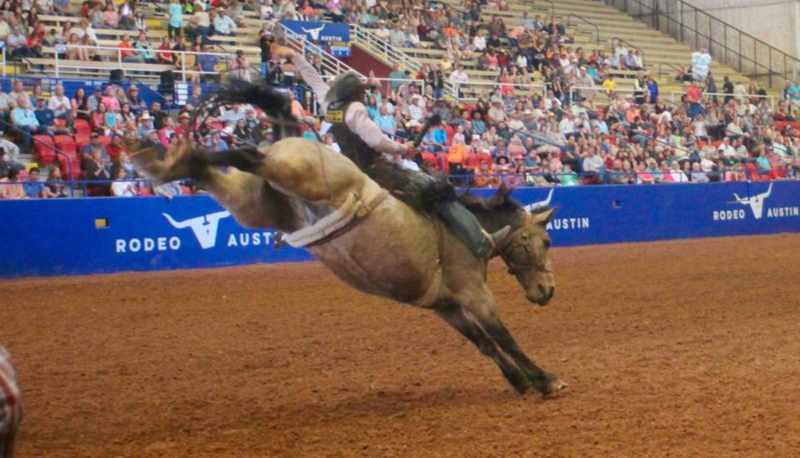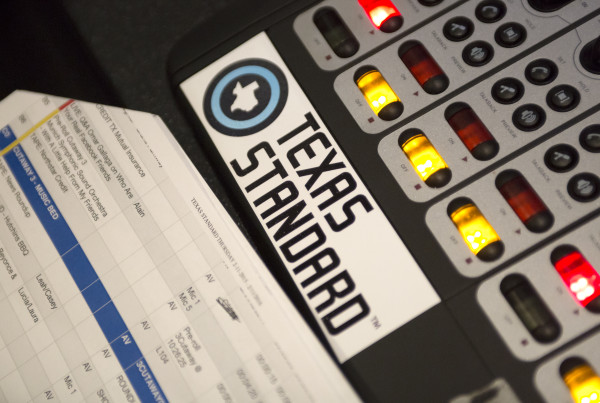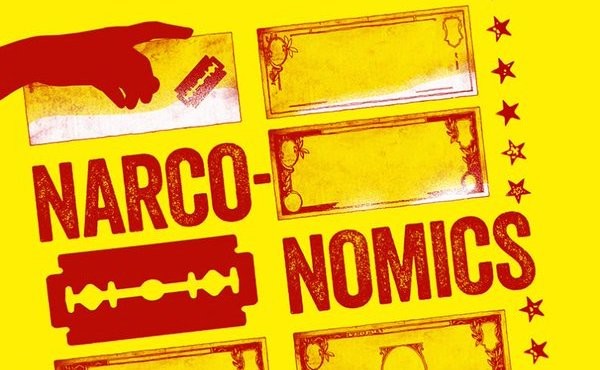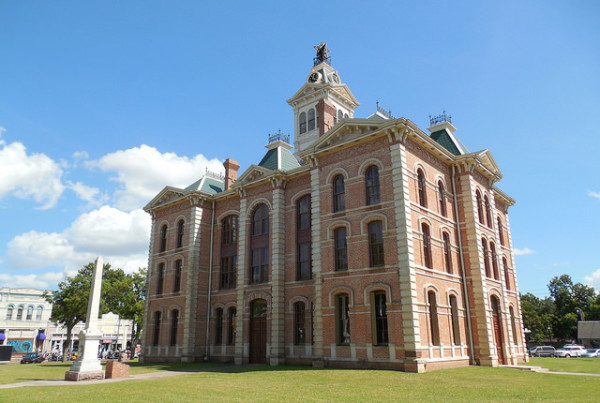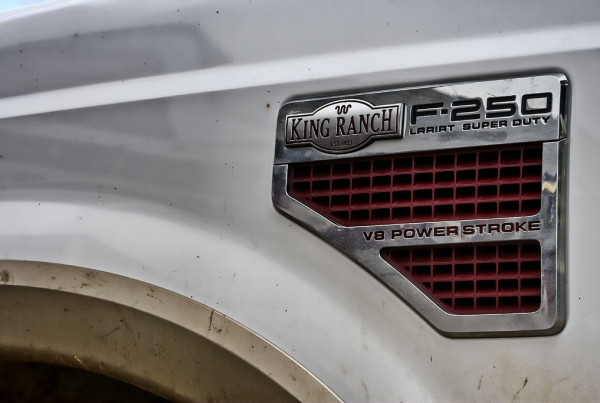This story originally appeared on KUT.
The rodeo as we know it has roots back in the 19th-century West. Through the years, the rodeo cowboy has been mythologized in film and song.
The archetype generally rings true: young dreamers, betting their health and well-being, holding on, if they can, for a modest payout. Sometimes, it’s enough to make it to the next town. Sometimes, it’s not.
“They’d take me with them in rental cars and try to make it from St. Paul to Molalla on the same purse and just flying by the seat of their pants. And I was like ‘man, this is the life. This is what I want to do when I grow up.’ I just couldn’t dream of doing anything else,” Charly Crawford says.
Crawford grew up in Oregon. He has since become one of the best team ropers in rodeo, going to upwards of a hundred rodeos a year.
Eventually, that started to take a toll.
“Once you get to a certain age, you know, you become responsible. You have a wife and kids at home.”
A lot of riders are on the road a lot.
“We’ve seen too many broken homes, and guys’ wives leaving because of financial [reasons], or just being gone. And the guys can still be the best in the world, but a lot of guys had to pull up because their kids meant more to them than their careers.”
Crawford, along with a group of rodeo’s best, thought something had to change.
Most rodeos are sanctioned by what’s called the Professional Rodeo Cowboys Association (PRCA). But riders like Crawford wanted more say in how things were being run, so they pooled resources to form a group called the Elite Rodeo Athletes. The group is made up of 87 top athletes across eight events, a rodeo all-star team that owns its own tour, bringing star power every night. They’re hoping to disrupt the sport as we know it. They’re gambling their savings and their standing in the PRCA to, in Crawford’s words, make rodeo better. Fewer cities, bigger payouts, more television and fan recognition.
A large part of PRCA’s business model is based on volume of rodeos and athlete entries. It makes for a grueling yearlong schedule. Athletes pay to enter rodeos, and that fee is put toward the pot. The PRCA takes some of the pot in return for scheduling athletes, so the more rodeos and entries, the better. But this model dilutes the talent pool. And that means not every night has top-flight competition.
After the Elite Rodeo Athletes tour was announced, the PRCA issued new rules that say no one on the new tour could be in a PRCA event or the National Finals Rodeo in Las Vegas.
Rodeo Austin has provided the Austin area with music, carnival rides and scholarships for decades. It is also one of the biggest, if not the biggest, non-profit fundraiser in Austin. Last year it raised about $2.6 million for a youth auction and “miscellaneous” other things throughout the year, with more than a half million of that going toward college scholarships.
Rodeo Austin is one of the top ten rodeos sanctioned by the PRCA with a purse that tops a half million dollars.
Organizers have seen the competition issue come to a head. In 2008, Rodeo Houston got special permission from PRCA to allow competitors in its league to eventually advance to a PRCA championship. Rodeo Houston officials saw more interest in the competition as a result, but when they went to re-up with the PRCA in 2011, the PRCA walked away. Five years later, Houston continues to draw huge crowds with big payouts.
This year, Rodeo Austin signed a two-year contract with PRCA to do something similar to what Houston was doing. Brian Lehne says it was a hard sell to the PRCA and participants.
“It’s interesting and complicated all in the same breath, if you know what I mean. You can’t be mad at any one of them. They’re just fighting for their life. But it’s hard to put on an event, and there has to be some give-and-take in every one of the (rodeo) sports.”


